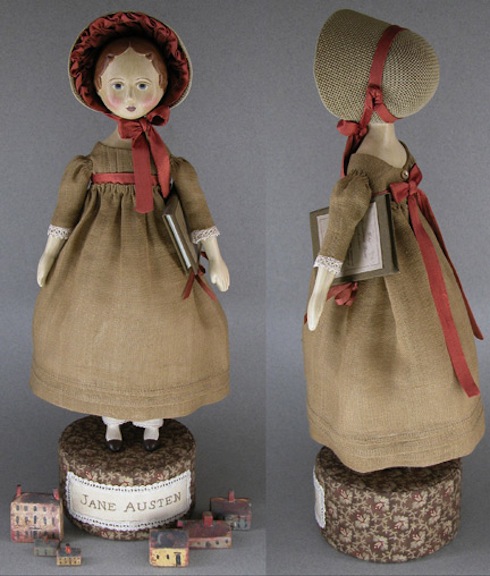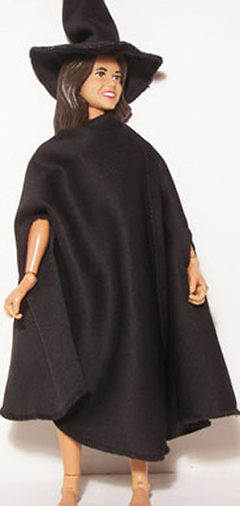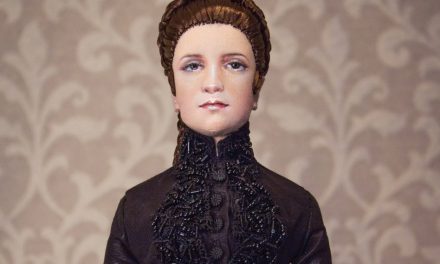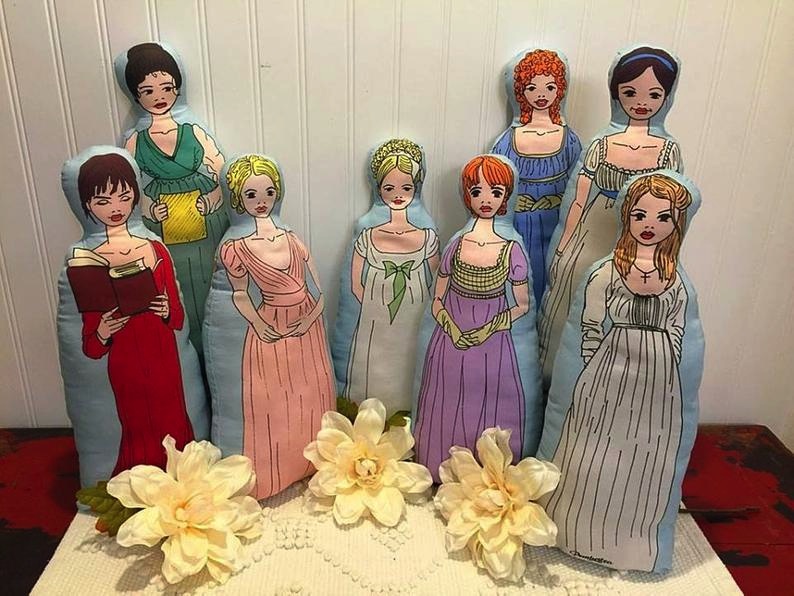
There are many broad statements I can make about doll lovers. First and foremost, they have a great deal of imagination and creativity. With the ascent of BJDs, which allow their owners to easily customize and change their looks, every person has the chance to be an artist in some limited way. In fact, with collectors conjuring up stories and backgrounds for their possessions, they also become authors and dreamers. I think that’s why Jane Austen has figured so prominently in dollmaker studios and in manufacturing workshops as well. Austen is one of the most beloved literary figures of the past 200 years. Now, in 2020, her public perception continues to grow. Jane Austen’s life and times are ideal for doll artistry.
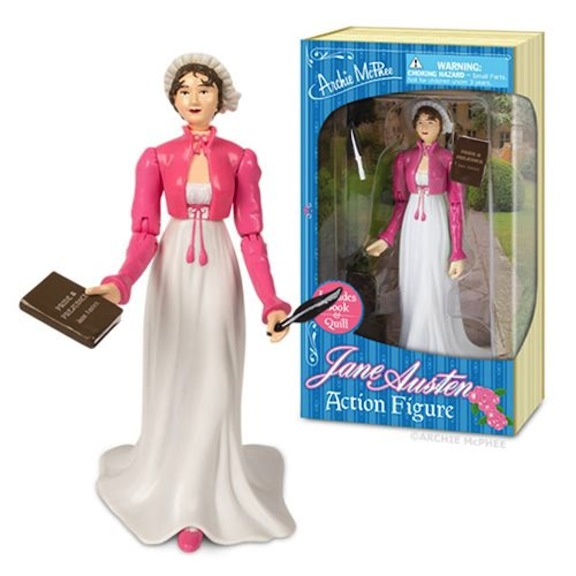
Interestingly, many of the doll artists that I chat with for the Doll Chronicles are all fans of historical fiction — novels and epic films. Currently on PBS, Masterpiece Theater has unveiled a miniseries based on Austen’s unfinished novel “Sanditon.” Yes, that’s how famous and revered Jane Austen is — a fragment of her unpublished work could be lavishly produced and extended as an international TV event.

I am hoping that some of our most eloquent and elegant doll artists — Monica Reo, Ms. Mollie O, Brenda Mize, April Norton, to name a few — decide to tackle this newly discovered drama. Companies like Madame Alexander, Carpatina, The Queen’s Treasures, and A Girl for All Time, are also prime candidates for fashioning wardrobes and accessories that salute this production.
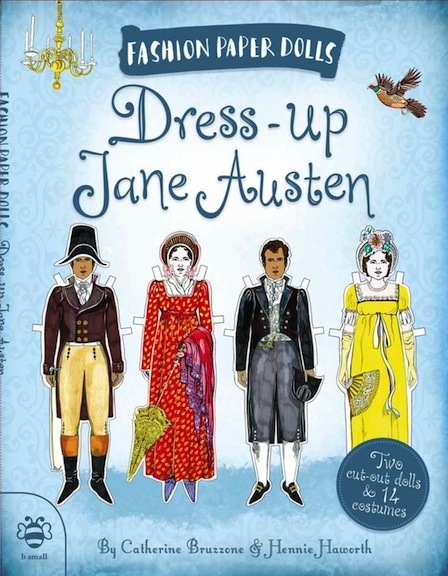
What I find really fascinating is that “Sanditon” was written in 1817, and Austen was chronicling the social expectations and limitations of her day. She was a contemporary eyewitness to the public displays of propriety in Regency-era England. Nowadays, with hardly anything sacred (even the British monarchy — hello, Meghan Markle) her works are considered costume dramas. And, yes, to us, they are filled with opulent and glamorous costumes. For Austen, it was what the current well-dressed ladies wore for public visitations and coming-out dances.

Since we are a long way from the chaperones and dowries of Austen’s world, the modernizing of “Sanditon” was inevitable. I suppose the hit series “Outlander” has shaken up what viewers tolerate and even desire in their “historical” epics. The STARZ time-traveling, bodice-ripping TV show has depicted robust sexuality, without leaving anything to the imagination. Its creator, Diana Gabaldon, is a distinctly 20th-century visionary. Gabaldon handsomely sprinkled her “Outlander” book series with feminist viewpoints and female empowerment. Jane Austen, even though she was no shrinking violet herself, lived in a very different time.
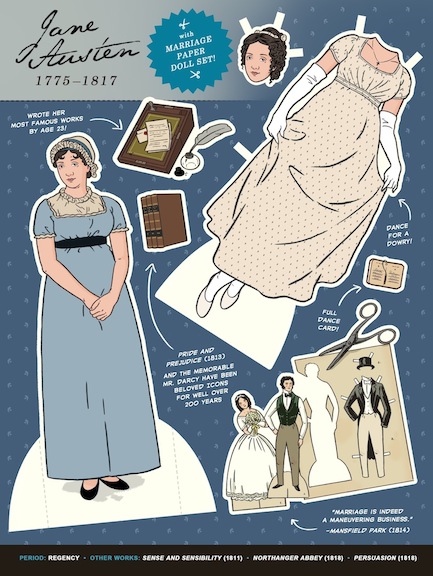
This new adaptation of Austen’s incomplete manuscript borrows from the STARZ success story. The PBS re-imagining features nudity and sexuality, taking liberties with Austen’s more reserved and formal observations. The screenplay was entrusted to Andrew Davies, who has modernized many classic pieces of literature in his career. He has adapted “Vanity Fair,” “Middlemarch,” and “War and Peace.”
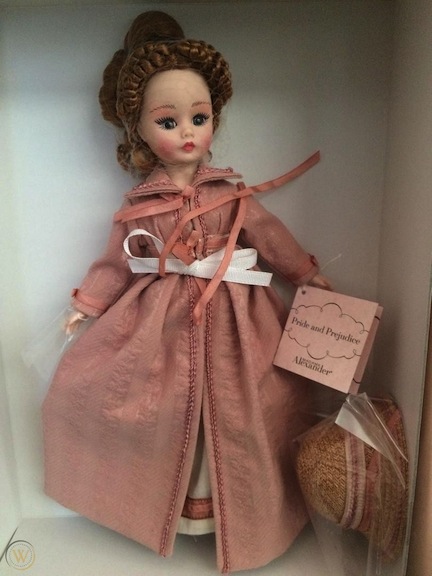
Davies also transformed Austen’s “Pride and Prejudice” into its 1995 television version — a series that introduced the world to Colin Firth. To this day, some women still fan themselves when they recollect Firth as Mr. Darcy emerging from a lake with his wet shirt clinging to his torso. Since the setting of “Sanditon” is a seaside resort, you know characters are bound to take a dip!
